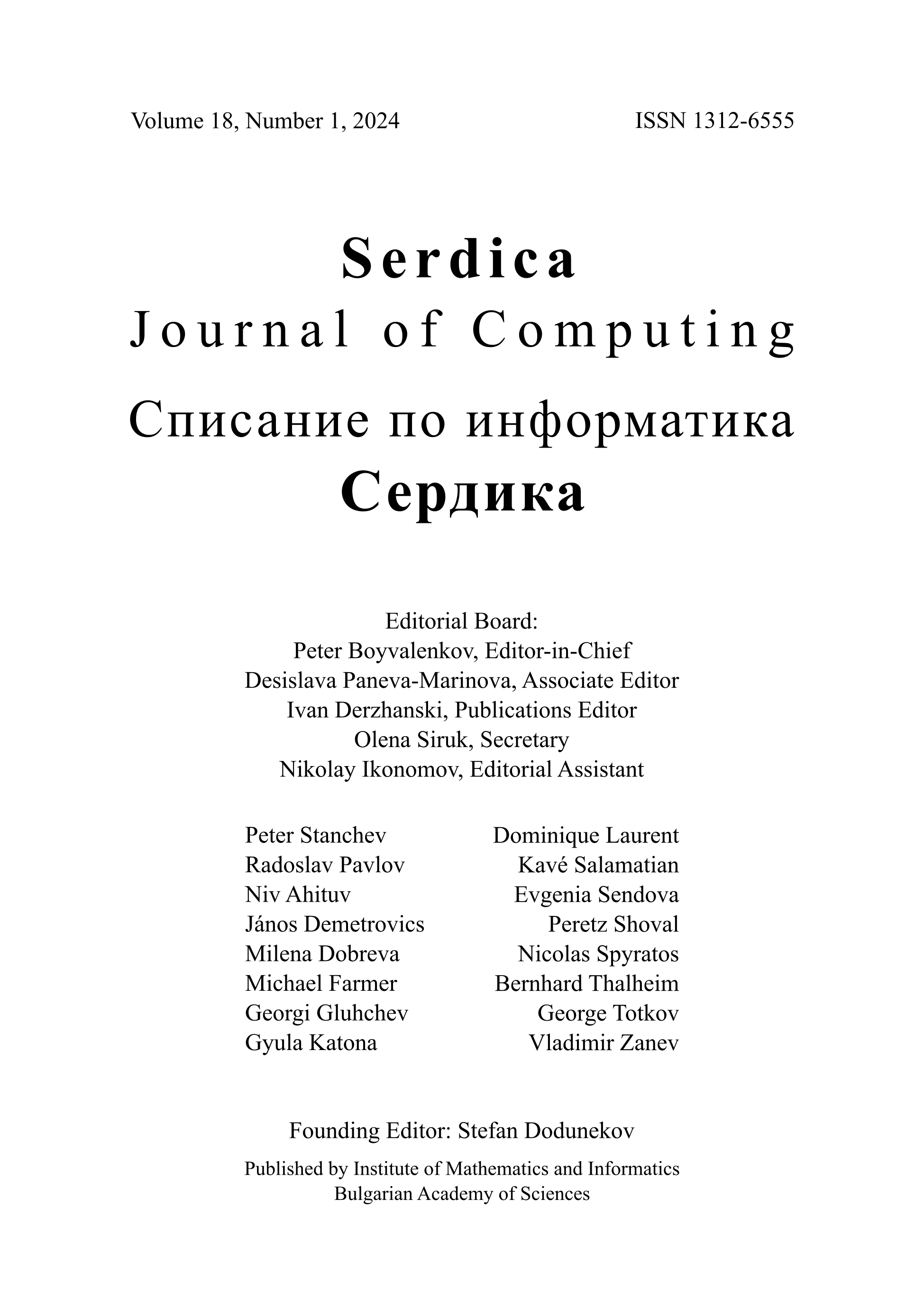Ergodic Rates of the Fast Rayleigh Fading Relay Channel for Different Cooperative Strategies
DOI:
https://doi.org/10.55630/sjc.2013.7.101-114Keywords:
Gaussian Relay Channel, Fast Rayleigh Fading, Channel Capacity, Ergodic Rates, Cooperative Strategies, Amplify-and-Forward, Decode-and-Forward, Compress-and-Forward, Wireless NetworksAbstract
This paper investigates the ergodic rates of three cooperative strategies for the fast Rayleigh fading relay channel, namely, decode-and forward (DF), compress-and-forward (CF) and amplify-and-forward (AF). The transmitter-relay, relay-receiver and transmitter-receiver links experience independent fast Rayleigh fading. Our analysis considers both full
duplex and half-duplex modes of operation of the relay channel, assuming that perfect transmit channel distribution information (CDI) is available at the transmitter and the relay. The ergodic rates are compared under different channel conditions to the corresponding upper capacity bounds of the relay channel and to the rate of direct transmission in order to investigate when it is beneficial to use a certain cooperative strategy. Cooperative transmission makes the ergodic rates approach or even become identical to the
upper capacity bounds if some conditions are satisfied. The results show that DF and CF outperform AF as they are more complex strategies, while AF itself achieves higher rates than direct transmission in most channel scenarios, thus trading performance for implementation simplicity.
ACM Computing Classification System (1998): E.4, C.2.1.

